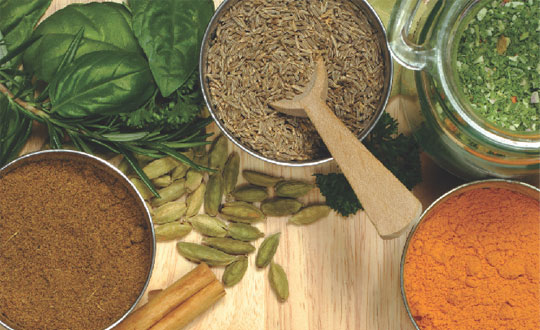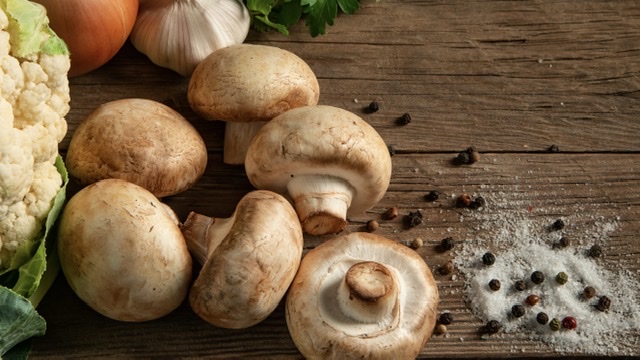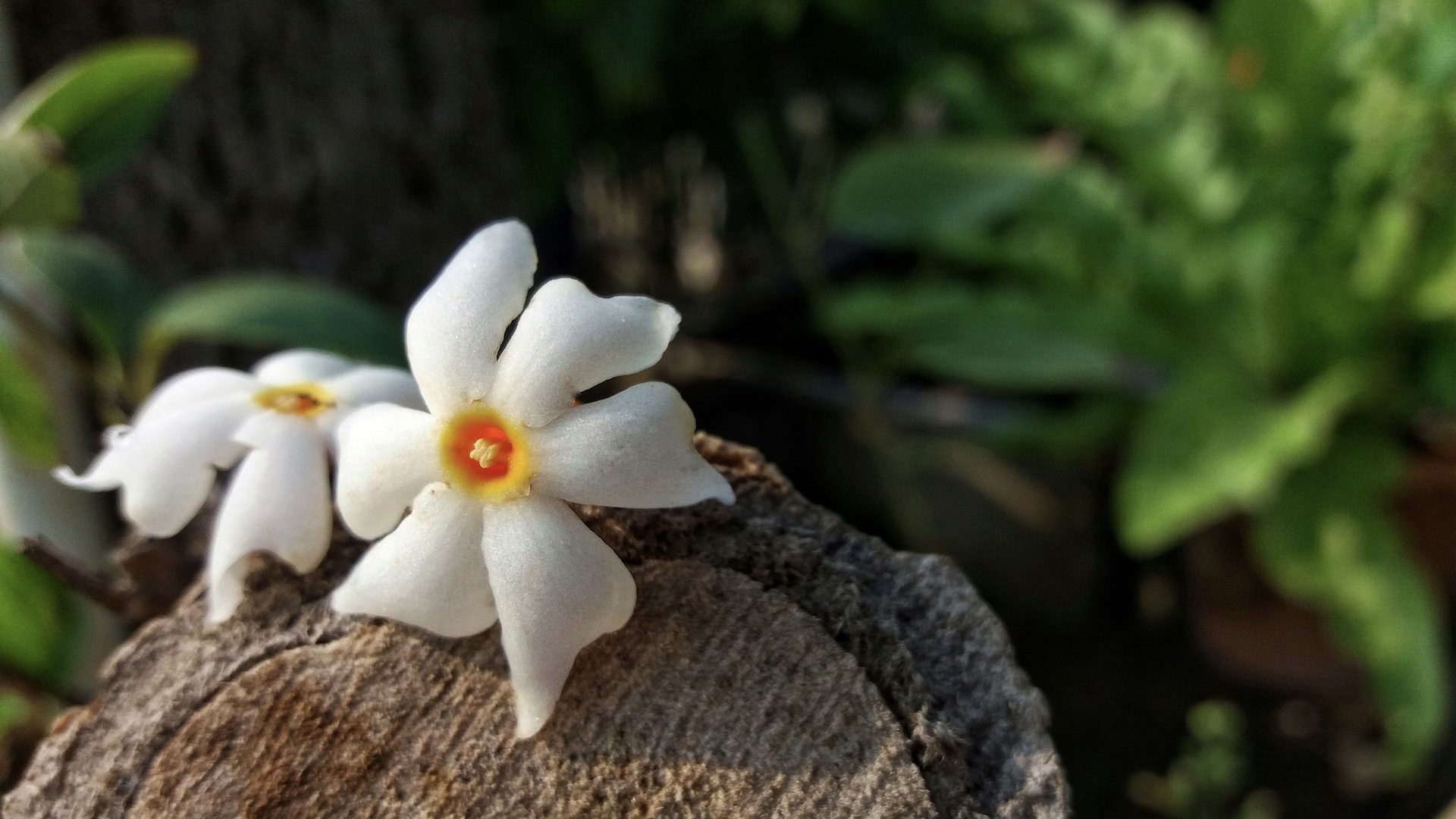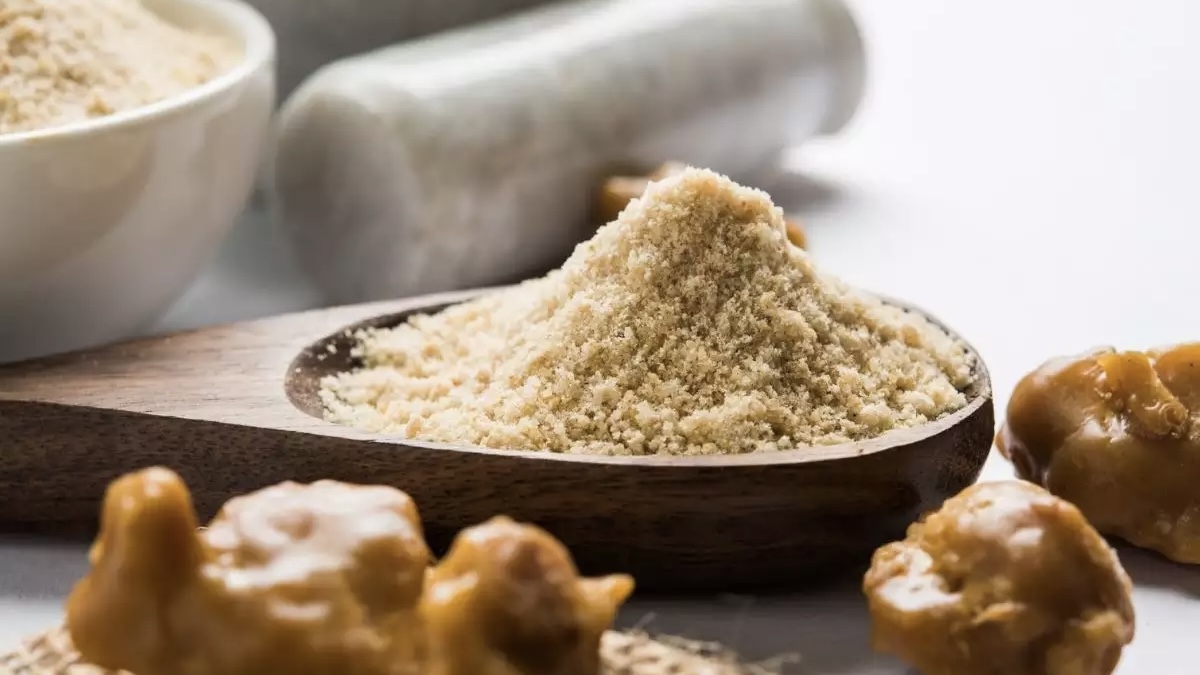The basis of Ayurveda, also known as the three pillars of health, are the three doshas – vata, pitta and kapha – also called humours of the body. Ayurvedic cooking involves preparing foods that suit one’s constitution. All of us have different constitutions, what suits one may not suit everyone. Creating a balanced meal, which nourishes and fulfils the requirements of the body, builds up immunity, heals the body, aids digestion and elimination of waste and which, one relishes, is Ayurvedic way of cooking. It may also be called ‘the sadhna of food’ – perfecting the art of cooking, as it requires understanding the body and its requirements and the ingredients one uses.
TIW correspondents get in touch with an Ayurvedic expert from Quinta Essentia Organic, to find out more about Ayurvedic cooking…
- What are the principles of Ayurvedic cooking?
The basic principle, which does not need any formal training, and which our ancestors always kept in mind is – ‘to cook to bring health to the family, to cook with love and awareness’, then comes the technical part keeping doshas/constitution in mind.
Time of eating also plays a major role in digestion and assimilation of nutrients from food. One should not eat merely when hungry, it is important to follow the rhythms of nature. For example, agni or digestive fire is weak, late at night; it is stronger in midday and around sunset. That’s why in earlier times people used to eat two heavy meals in a day-around midday and in the evening.
Children and weak individuals need more than two meals, same holds true for athletes, heavy workers, labourers etc. Diets also vary from season to season.
- What is the significance/benefits of an Ayurvedic diet in today’s day and age?
Today, it seems a herculean task to bring yourself close to nature. With markets loaded with chemical-laced foods, pesticides, hybrids, GMOs and synthetic preservatives, it has become nearly impossible to pick healthy ingredients.
But if you choose your food and regimen with awareness, you can definitely avoid multiple visits to doctors, dieticians and therapists. The best part about Ayurvedic diet is that it is food which nourishes, serves as a tonic, has medicinal value and a flavour to satisfy your taste buds and hunger. When cooked with love and awareness, it serves all these purposes and nurtures life.
- Tell us the role and benefits of some spices, herbs used in Ayurvedic food.
Just picking and eating all good things is not sufficient for the body to achieve optimum health; one should be able to digest the meal and assimilate the nutrients from the food as well.
To keep the digestive system in balance, one needs to add ingredients which ignite the pachakagni (digestive fire) but only in as much quantity as is required to induce hunger and digest the food. Excess is again, against nature and health.
Spices like ginger, cumin with mint, lemon and black salt induce hunger and ignite digestive fire. Appetizers like pudina-water, jal-jeera are good examples.
Eating heavy, sweet foods in the beginning of a meal, sour and salty in the middle and bitter astringents (like salads) towards the end helps the digestive system function properly. Sweet and heavy oils ignite fire, salty and sour tastes process the foods eaten and bitter astringents subside the ignited fire to complete the process.
- How can one get started with an Ayurvedic diet? Give us some tips.
Start with identifying your constitution, the kind of tastes you like sweet/salty/sour/hot-spicy. That defines the requirement of the body.
A person who has a thin long frame, is generally cold and dry, has a vata constitution and should include foods with opposite qualities, as they also tend to become his/her likes. Foods which are warm, moist, contain ghee/oils and reduce gas – like ginger, garlic, cooked vegetables and grains, eggs, natural sweeteners like honey – benefit these people.
Pitta people are hot-blooded, and need cold foods, ghee, cold oils like coconut, lots of fluid, sweets, bitter and astringents like salads, greens, sweet fruits to pacify their fiery nature.
Kapha people are lazy and heavy by nature and will benefit from warm dry and light foods like – besan (chickpea flour), hot spices like cloves and black pepper, pungent tastes like ginger-lemon, garlic chutney and spicy teas.
One can also assess one’s constitution by going through the ‘Know your dosha’ chart at
www.dhyanfoundation.com






Tnx mam for the valuable information on foods in ayurveda.
The explanation on how to take foods as per doshas is eye opening…
Pl do come up with more such articles.
The Inner world is a store house of treasure….